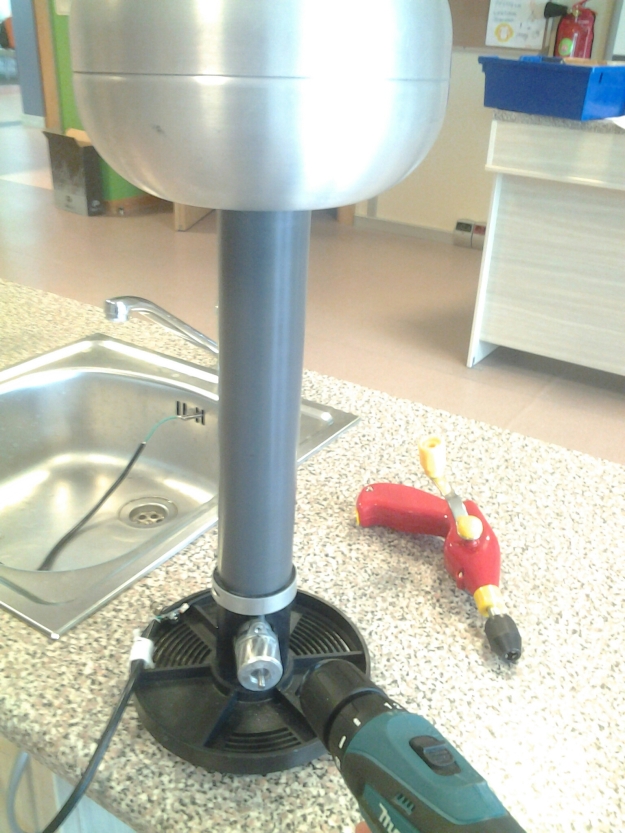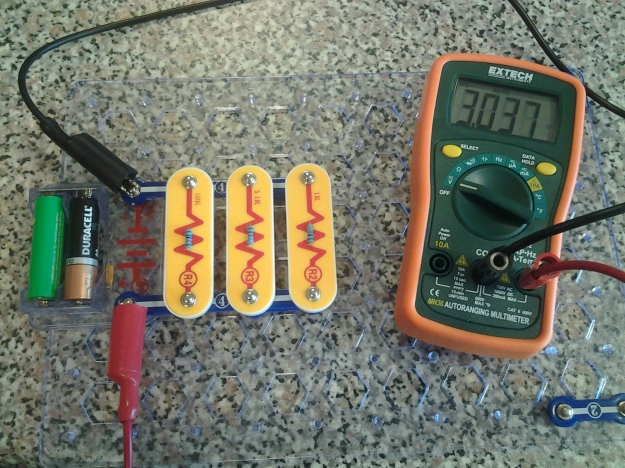We have been building up a few models in relation to electricity, following the IB sequence of charges, electric fields, circuits, and emf. We started with the scotch tape paradigm lab, which I think did a decent job of establishing the ideas of charge and conductors. Given the choice between using pith balls or an online simulation to discover Coulomb’s Law (“You”-lomb’s Law, I insisted; you are the one who found it), most preferred the sim — but both produced data that linearized well to show the inverse-square relationship. This led to a comparison with Newton’s (“You”-ton’s) Law of Gravitation, and the definition of electric field strength. In study halls, I caught up with my HL students and we assembled the machinery of field diagrams and potential, and also went through the argument that E in a conducting sphere should be 0.
Our van der Graaff generator has been out of service for a couple years, so I stripped out the motor, soldered in a ground wire, and configured the lower roller so it could be driven by a drill. I think this is pedagogically valuable, since it removes the assumption that the static electricity comes from the mains, and allows students to see more easily how the device works. This is the third time this year I have built apparatus around an electric hand drill — it is such a great tool.
Like Evan Weinberg, I used the PhET circuit builder to give the students some time to conceptualize the circuits before putting their hands on wires. I tried using these snap circuits to build the circuits, and it worked really well. None of the groups had trouble navigating the circuit digram-to-wires gap with the snap circuits, and they had little trouble putting together series and parallel circuits. I had them measure V for the battery, then predict the current using the resistors’ stated values. This worked really well, and their follow-up measurements were a source for smiles. The extrapolation to series circuits was straightforward, but parallel circuits were tougher, and will need more scaffolding. I think this means some group problem-sets tomorrow… with the snap circuits to check the answers. 🙂

